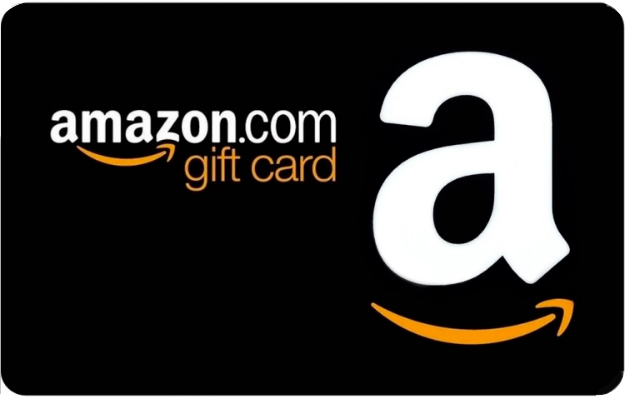Webinar
Think About Your Audience Before Choosing a Webinar Title
OnDemandLandingPage@2x.png?width=1540&name=2022.08.08%20(EdCal%20Panel%20DO)OnDemandLandingPage@2x.png)
Sponsored by DEVOPS.COm
What You’ll Learn in This Webinar
A single site reliability engineer (SRE) can do the same amount of work as multiple IT administrators by automating processes using various DevOps tools rather than relying on traditional graphical tools. However, SREs are hard to find and retain. It’s also not always apparent what level of automation needs to be obtained to qualify to be an SRE, or what certifications may be required.
Organizations need to find ways to automate IT management to a much greater extent. Most organizations cannot afford to hire a small army of professionals to manage IT environments that are becoming more complex with each passing day. DevOps best practices and next-generation observability tools that promise to provide more context to AI platforms are part of the mix. The challenge is finding a way to implement those tools before IT management spins further out of control.
Register now to better understand the state of site reliability engineering, the increasingly critical role automation plays, and what lies ahead on the horizon.







